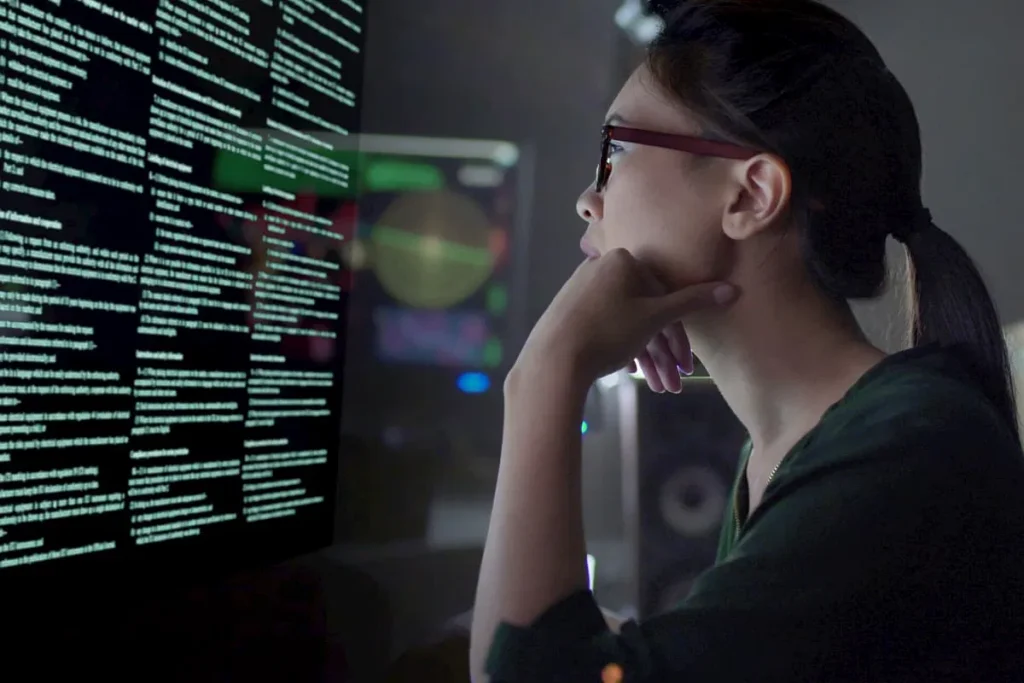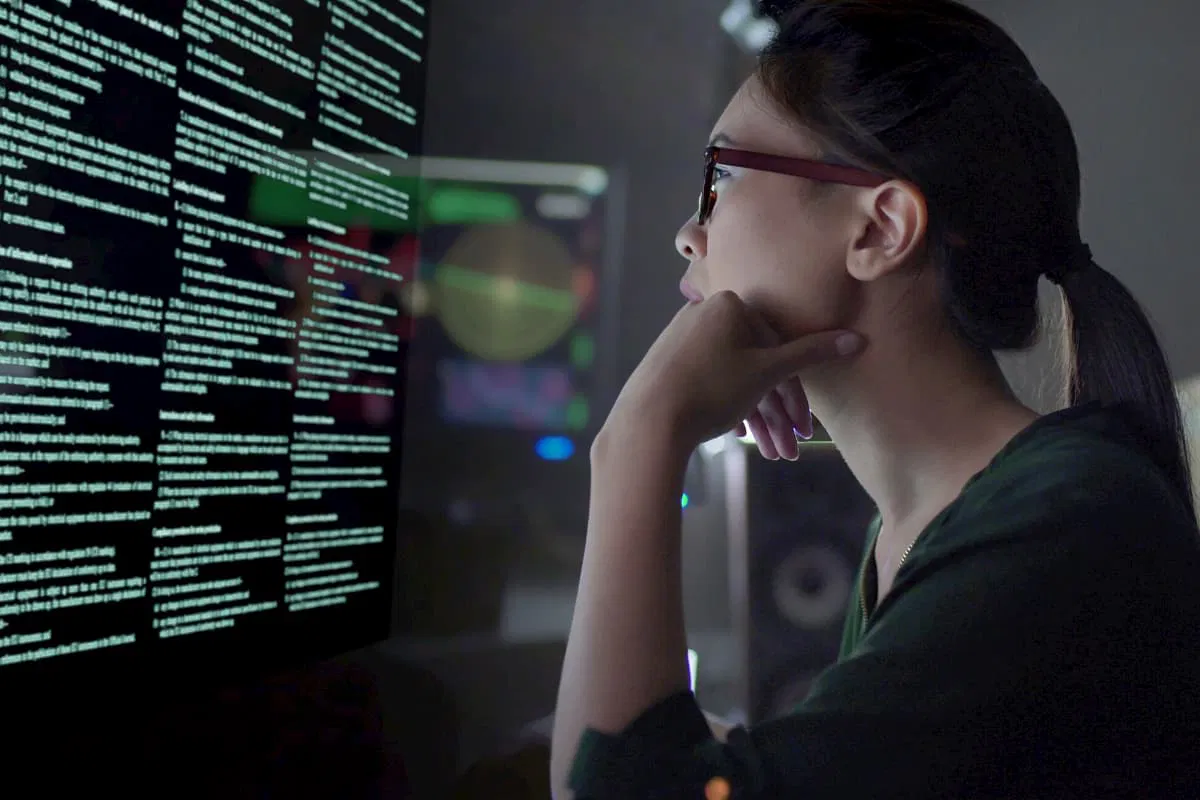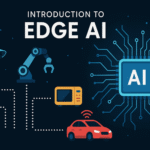Human-Computer Interaction (HCI) is a multidisciplinary field that studies the design, development, and evaluation of computer systems and technologies for human use, focusing on making technology user-friendly, usable, and relevant.
Technology has always been about breaking barriers between humans and machines. In the earliest days, people communicated with computers using punch cards and command lines. Then came graphical user interfaces (GUIs), followed by touchscreens, voice assistants, and even gesture-based systems. But as we move further into the 2025 era and beyond, human-computer interaction (HCI) is evolving in ways that sound more like science fiction than reality. The future points toward interfaces that rely less on physical devices and more on direct communication between our brains and computers.

From Keyboards and Mice to Natural Interaction
For decades, the keyboard and mouse were the default tools for interacting with technology. They are efficient, precise, and reliable. But they also act as barriers-forcing humans to learn how to “speak the computer’s language” through clicks and keystrokes. Touchscreens started to reduce this gap by making interaction more natural, allowing people to directly manipulate digital objects with their fingers. Voice assistants like Siri, Alexa, and Google Assistant took another step forward by letting users talk to machines in plain language.
Today, we’re witnessing the rise of gesture-based systems (like hand tracking in VR headsets), facial recognition, and eye-tracking technology. All of these show a clear trend: computers are adapting to humans rather than humans adapting to computers.
The Brain-Computer Interface (BCI) Revolution
Perhaps the most exciting development in Human-Computer Interaction is the Brain-Computer Interface (BCI). A BCI allows users to control devices directly with their thoughts, bypassing traditional input methods. Companies like Neuralink, founded by Elon Musk, are already testing implants that let people type, move a cursor, or even play video games just by thinking.
Non-invasive BCIs are also in development, using wearable headsets with sensors that detect brain signals. These systems may soon allow users to control smart homes, write emails, or navigate the web without lifting a finger.
The possibilities are enormous:
- People with disabilities could regain independence by controlling prosthetics or computers with their thoughts.
- Gamers could experience more immersive worlds, reacting instantly with their minds.
- Workers could perform tasks faster and more efficiently by eliminating the need for manual input.
Merging Human Senses with Technology
Future Human-Computer Interaction is not just about brain signals-it’s also about enhancing our senses. Augmented Reality (AR) glasses, for example, overlay digital information onto the real world, creating a seamless blend of physical and digital experiences. Imagine walking down the street, and instead of pulling out your phone for directions, the path is highlighted right in your vision.
Haptic feedback (the science of touch) is another frontier. New wearables are being developed that let you “feel” virtual objects. For instance, doctors training in virtual surgery can feel the resistance of tissue, while online shoppers may one day “touch” fabrics before purchasing clothes.
Challenges Ahead
While these advances are exciting, they also come with challenges:
- Privacy Concerns – If BCIs can read brain signals, who owns that data? The idea of companies tracking thoughts raises ethical and security issues.
- Accessibility – Cutting-edge tech is often expensive. Will everyone be able to access these new interaction tools, or will they be limited to wealthy users?
- Health Risks – Invasive BCIs involve surgery, and long-term impacts are still unknown. Even non-invasive devices must be tested for safety and comfort.
- Digital Overload – As interfaces become more immersive, there’s a risk of blurring the line between reality and the digital world too much, affecting mental health.
The Road Ahead of Human-Computer Interaction
The future of Human-Computer Interaction is about removing friction. Instead of thinking about how to use a device, we’ll simply focus on what we want to do, and the technology will respond instantly. Over the next decade, we can expect hybrid models where traditional input (like keyboards) coexists with advanced methods like voice, gestures, AR/VR, and eventually BCIs.
Just as the smartphone became a natural extension of our hands, future interfaces may become extensions of our minds and senses. The ultimate goal is not just to make computers easier to use-it’s to make them invisible, blending seamlessly into our daily lives.
Conclusion
Human-computer interaction has come a long way, from clunky keyboards to sleek touchscreens and intelligent voice systems. The future promises something even more transformative: a world where our thoughts, gestures, and senses directly connect with digital technology. While challenges remain, the potential benefits are too significant to ignore. The dream of controlling machines with our minds is no longer just in science fiction-it’s slowly becoming reality.
In short, the future of Human-Computer Interaction is about breaking down barriers-making technology not just a tool, but an extension of ourselves. And as innovations like brain-computer interfaces, AR glasses, and haptic wearables become mainstream, the way we live, work, and connect with the digital world will never be the same.
Also Check Augmented Reality vs Virtual Reality – Free Guide – 2025.




1 thought on “Future of Human-Computer Interaction – Free Guide – 2025”